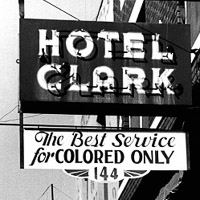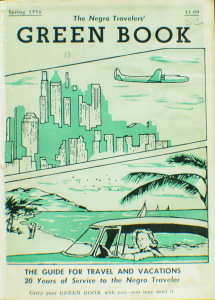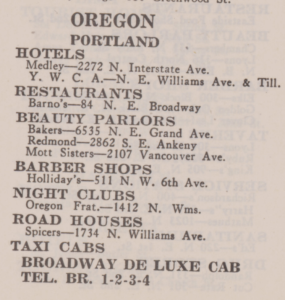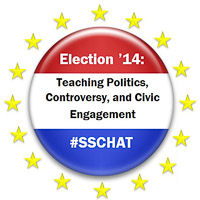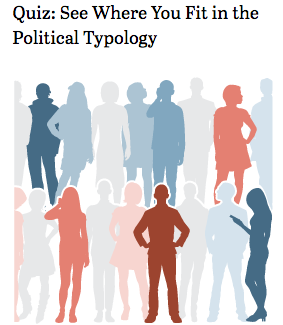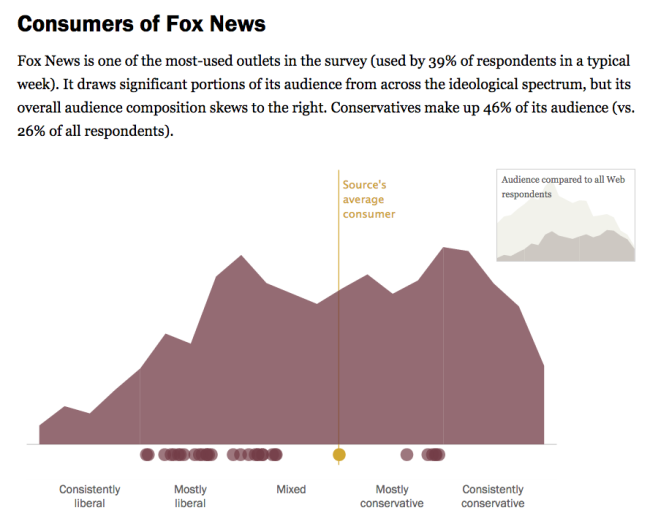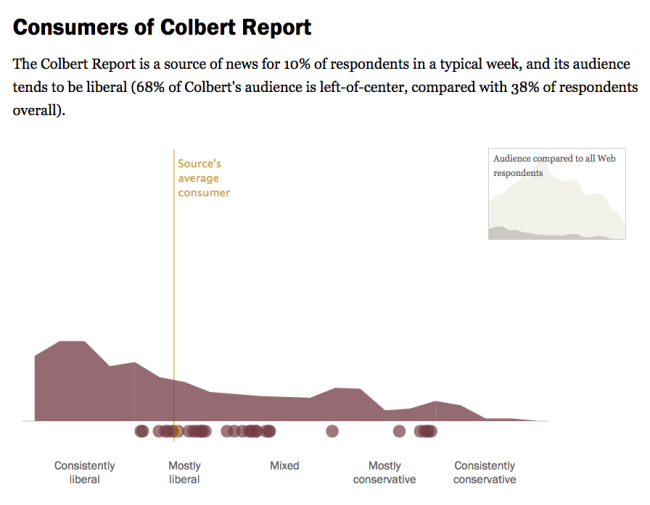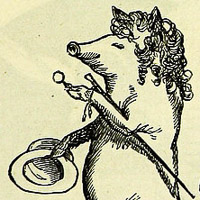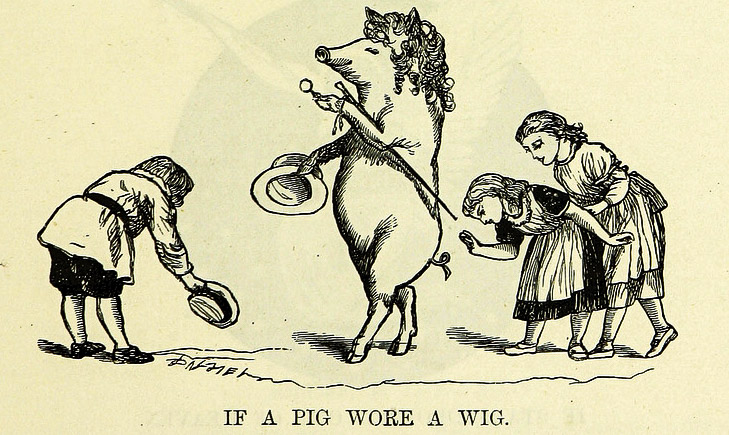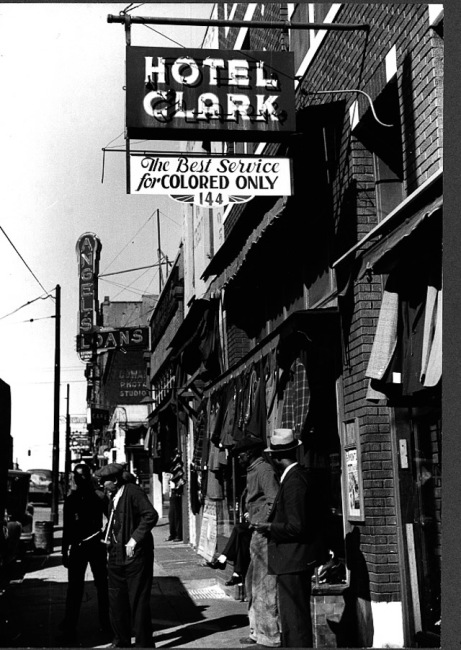
“Carry your GREEN BOOK with you – You may need it.”
We’re accustomed to doing our own travel planning with TripAdvisor, Yelp and other web-based guides. But imagine you’re a Black family driving to a reunion across mid-20th century America. You faced humiliation, insults and fear of being stranded without travel essentials. Racist social codes made “driving while black” a hazard in some locales. Fortunately you could turn to the “bible of black travel during Jim Crow” – the “Negro Travelers’ Green Book.”
The “Green Book” as it was commonly known, was created by Victor H. Green, an enterprising New York mailman and Black-American travel agent. First launched in 1936 as a New York-focused edition, Green eventually expanded coverage to all of North America and the Caribbean. The book was essential to American Black middle class families as well as salesmen, entertainers and athletes who traveled for business. Organized by state and city, it listed business who would accept black clientele – hotels, restaurants, filling stations, tailors, beauty parlors. It also included travel themed articles featured black-friendly resorts and sites. Green gathered information by offering his readers a dollar reward for supplying information “on the Negro motoring conditions, scenic wonders in your travels, places visited of interest and short stories on one’s motoring experience.”
While northeastern urban areas had many listings, some states were clearly not hospitable to the black traveler. The 1949 edition (pdf) had only a few listings in Portland for the entire state of Oregon.
As Green noted in the intro to the 1949 edition: There will be a day sometime in the near future when this guide will not have to be published. That is when we as a race will have equal opportunities in the United States. It will be a great day for us to suspend the publication for then we can travel wherever we please, and without embarrassment. But until that time comes will shall continue to publish this information for your convenience each year.
With the exception of the WWII era, Green published the book until 1966. He ceased publication following the passage of the Civil Rights act of 1964.
Link to 1956 edition. Click image below to view interactive map of the 1956 listings.
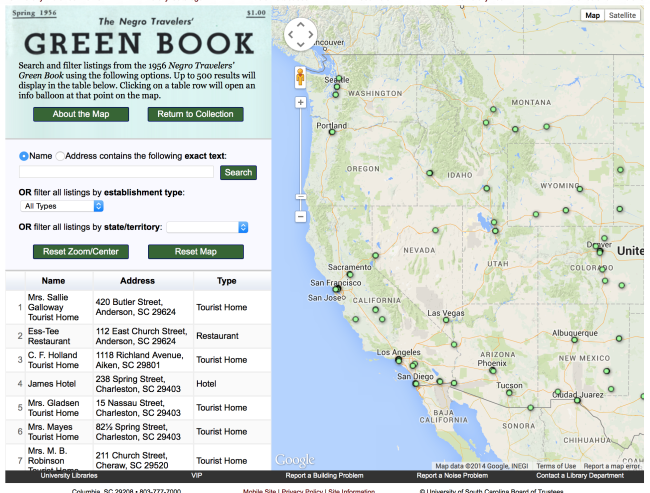
Note: This video opens at the 1:02 mark, skipping over graphic images of lynchings.
Image credit: Library of Congress
Memphis, Tennessee. October 1939.
Marion Post Wolcott, photographer.
“Secondhand clothing stores and pawn shop on Beale Street.”
[Sign: “Hotel Clark, The Best Service for Colored Only.”]
Location: E-2185
Reproduction Number: LC-USF33-30637-M3
